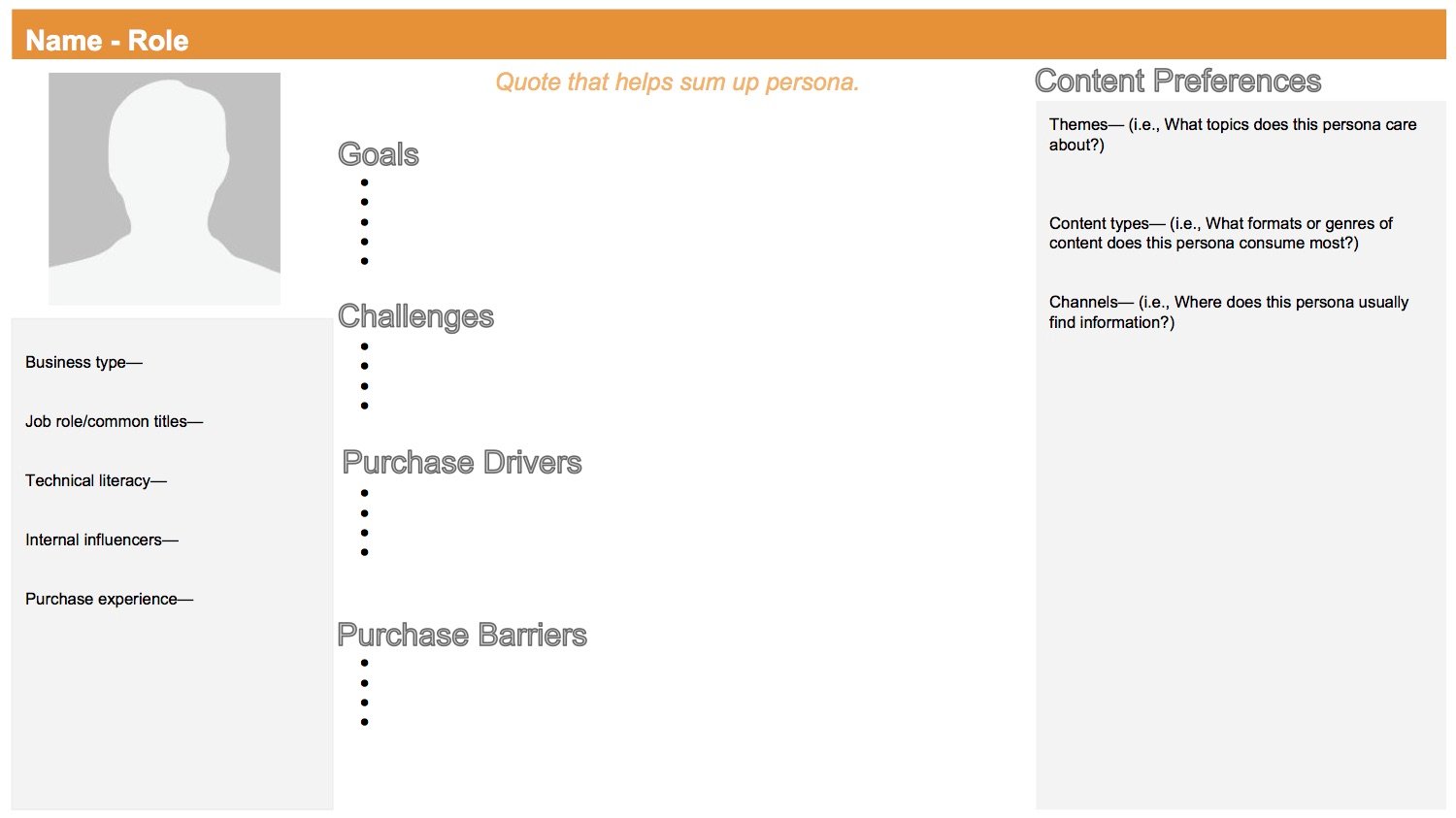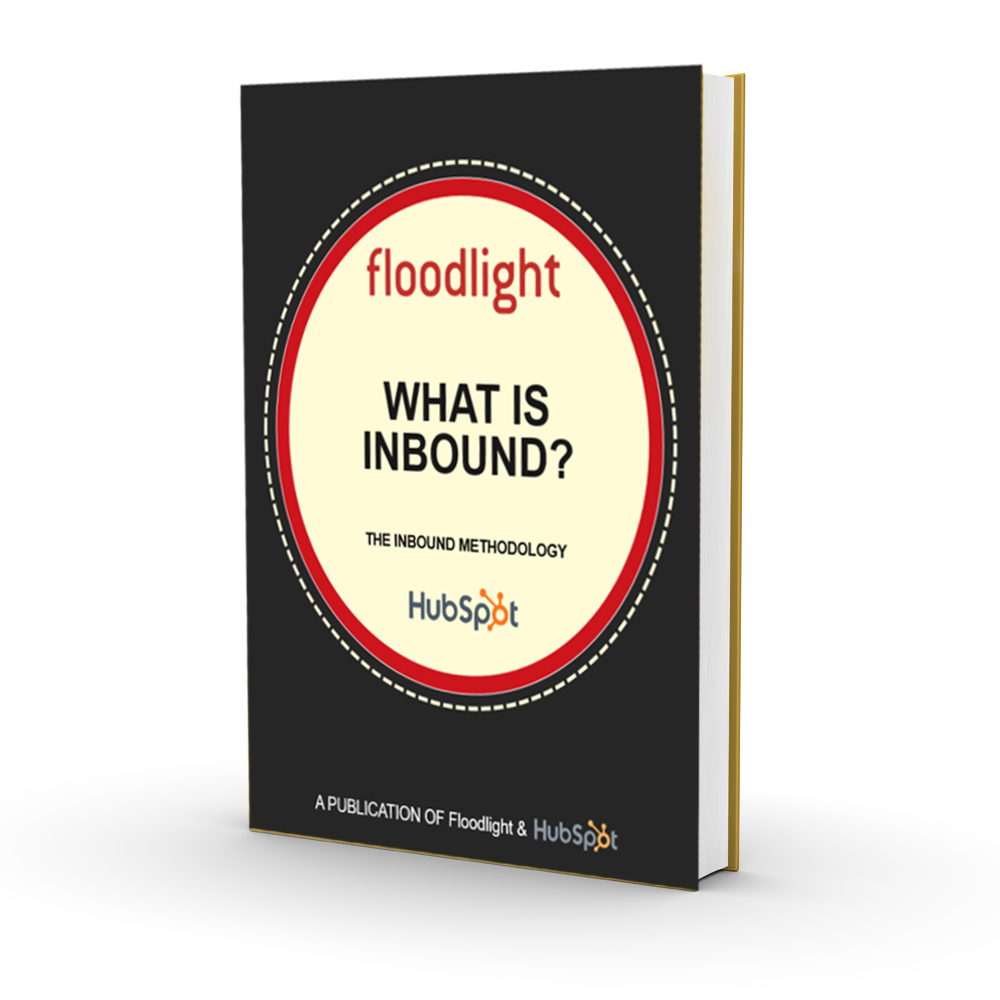
Creating Effective Buyer Personas: How Strategy, Tactics, and Psychology Drive Business Growth
In the game of chess, there are three fundamental elements to how world-class champions play. Two of these, strategy and tactics, are grounded in the mechanics of the game itself. Solid chess players must have a firm understanding of the overarching ebb and flow of the game, coupled with the ability to seize every conceivable opportunity for positional advantage. The third element, psychology, is also vital, especially for top tier match play. According to one expert marketer, while not psychologists, can "use psychology legally, ethically, and respectfully to attract and engage consumers, and compel them to buy" by creating buyer personas. In the same way, chess players often leverage psychology to their advantage.
For instance, World Chess Champion Emanuel Lasker, while a skilled tactician and a deep strategist in his own right, was primarily known for weaponising his keen understanding of the opposing player's psychological makeup and leveraging his insights into victory after victory. Even in today's computerised world, a match between Grandmasters often hinges upon which player has the clearer perception of his opponent's mind.
The Three Elements of Business Success: Strategy, Tactics, and Psychology
In this case, as in so many others, chess reflects life. Business enterprises often encompass a staggering number of moving parts, far more intricate and complex in their motion than any board game bounded by 64 squares. Yet, the three basic elements of successful chess apply with even greater force to the inner workings of any B2B or B2C company. A sound business plan, solid operational processes, and a keen understanding of the customer are all essential drivers for sustainable growth.
One major area in which this holds true is the organisational alignment between sales and marketing. How exactly should these two departments work together to create powerful buyer personas that drive results?
Aligning Sales and Marketing Through Buyer Personas
On certain levels of small businesses, there is very little, if any, division between sales and marketing. For example, think of the sole proprietor of a startup commercial cleaning company. He wants to promote his services to a specific type of client (marketing) while meeting a minimum profit threshold (sales). He wants to craft a message that appeals to his consumer base (marketing) and win bids against competitors without bidding too low (sales). In this scenario, the list of marketing- and sales-related tasks centralised in one person could go on and on.
Of course, when talking about enterprise-level organisations, there usually has to be a delineation between the sales and marketing departments. But should there also be a strict separation of processes and goals? Is it productive for these two "teams" to view each other as competitors instead of collaborators? The answer must be a resounding No!
Marketers could be considered the "strategists" of a company, while salespeople are the "tacticians." However, as in chess, the combination of both elements is required for optimal results. Buyer personas are the perfect tool to foster this alignment.
Common Mistakes in Sales and Marketing Alignment
A common mistake in larger business organisations is compartmentalising marketing and sales operations in mutually exclusive "boxes." This results in friction and even hostility between the two teams. Marketers complain that the salespeople lose customers by deviating from the script so carefully prepared for them; salespeople counter that the marketers aren't generating enough quality leads for them to meet their quota!
This organisational misalignment is counterproductive. Are not the ultimate goals of the sales and marketing departments (to gain customers and close sales) the same? Absolutely! A company that successfully harmonises marketing strategy with sales tactics can move forward with the same unity of purpose enjoyed by that sole proprietor of the cleaning company.
So the question becomes: How can sales and marketing come into alignment to reach those objectives? This is where psychology comes into play, in the form of buyer personas.
The Essential Elements of Effective Buyer Personas

Buyer personas have been defined as "a semi-fictional representation of your ideal customer based on market research and real data about your existing customers". The process of creating and implementing buyer personas can unite a company's sales and marketing departments at the very start. For instance, a collaborative approach to crafting a buyer persona for an individual client can ensure that marketers and salespeople are on the same page with regard to content, tone, and objectives.
Buyer personas provide both departments with an overarching narrative or a "buyer's journey". This helps to understand where the client is in the sales funnel and what the next step needs to be. Collaboration between sales and marketing also ensures that there is a streamlined process in place for the transition from Marketing Qualified Leads (MQLs) to Sales Qualified Leads (SQLs), a hand-off which can be confusing and frustrating without clear guidelines in place.

What makes a buyer persona truly effective? There are 3 essential elements that form a buyer persona, each of which must be carefully deconstructed:
- Demographics
- Occupation
- Psychographics
Demographics: The Foundation of Your Buyer Persona
Demographics are the foundational element and are almost always the easiest to assess. Indeed, they include basic information about a company's target audience, including age, gender, income level, education level, and so forth. For B2B buyer personas, demographics might include company size, industry, annual revenue, geographic location, and number of employees.
Occupation: Adding Context to Your Buyer Persona
Occupation adds a layer of nuance to the bare bones of demographics. To illustrate: in a B2B setting, besides the obvious factors of industry and job description, occupation-related questions often involve the target company's culture and organisational structure and could include the following:
- Is the company culture founded in collaboration, or informed by hierarchical decision making?
- Is the company product a long-established staple, or a newer innovation?
- Do the target prospects work at company headquarters or in a newly established branch?
- Which company leaders need to be involved in the decision-making process?
- What tools and technologies does the prospect currently use?
- What are their primary job responsibilities and key performance indicators?
Psychographics: Understanding the Motivations of Your Buyer Persona
Finally, psychographics seeks to delve into the deep-seated attitudes, desires, goals, hopes, and fears of the target customer(s). To further our B2B scenario, psychographics for a Chief Information Officer may seek answers to such questions as:
- What is their attitude towards technological change and innovation?
- What are their professional goals, and how are they measured?
- Where do they see themselves and their department in one, five, or 10 years?
- What current problems are they facing on the job?
- What keeps them awake at night regarding their business responsibilities?
- How do they prefer to consume information (videos, whitepapers, podcasts)?
- What potential objections might they have to your solution?
How to Develop Buyer Personas That Drive Results
Creating effective buyer personas requires a systematic approach that combines data analysis, market research, and customer insights. Here's a proven process that aligns both marketing strategy and sales tactics:
1. Gather Data from Multiple Sources
Start by collecting information from:
- Customer interviews and surveys
- Sales team feedback and call records
- Website analytics and behaviour patterns
- Social media engagement metrics
- CRM data on successful versus unsuccessful leads
2. Identify Patterns and Customer Segments
Look for common characteristics among your most valuable customers:
- Which industries or demographics convert at higher rates?
- What communication preferences do they share?
- Which pain points consistently appear during the sales process?
- What objections or hesitations commonly arise?
3. Implement Buyer Personas Across Departments
Ensure both marketing and sales teams adopt the personas by:
- Incorporating them into content calendars and campaign planning
- Using them to guide sales conversations and objection handling
- Referencing them during product development discussions
- Revisiting and refining them quarterly based on new data
Frequently Asked Questions About Buyer Personas
How many buyer personas should a business have?
Most businesses benefit from having 3-5 core buyer personas that represent their primary customer segments. Too many personas can dilute your marketing efforts, while too few may not accurately capture your diverse customer base.
How often should buyer personas be updated?
Buyer personas should be reviewed quarterly and updated annually, or whenever significant market shifts occur that might change customer behaviours or needs.
What's the difference between B2B and B2C buyer personas?
B2B buyer personas typically focus more on professional goals, organisational decision-making processes, and business challenges, while B2C personas emphasise lifestyle factors, personal motivations, and individual purchasing behaviours.
The Competitive Advantage of Well-Crafted Buyer Personas
When the aforementioned factors are thoroughly deconstructed into a buyer persona, the odds of successful conversion increase dramatically. Research shows that using buyer personas can make websites 2-5 times more effective and easier to use by targeted users, and can increase email click-through rates by 14% and conversion rates by 10%.
A masterful chess player weaves strategy, positional tactics, and a keen understanding of his opponent's nature into a victory. In the same way, a company that aligns smart marketing strategy with effective sales tactics, and leverages that collaboration by means of insightful buyer personas, will enjoy increased revenue, higher conversion rates, and sustainable business growth.
Ready to Transform Your Marketing and Sales Alignment?
Download our free Comprehensive Buyer Persona Template to get started developing powerful, conversion-focused buyer personas that align your marketing and sales teams today. Or book a consultation with our buyer persona specialists to develop custom personas tailored to your specific business needs.


